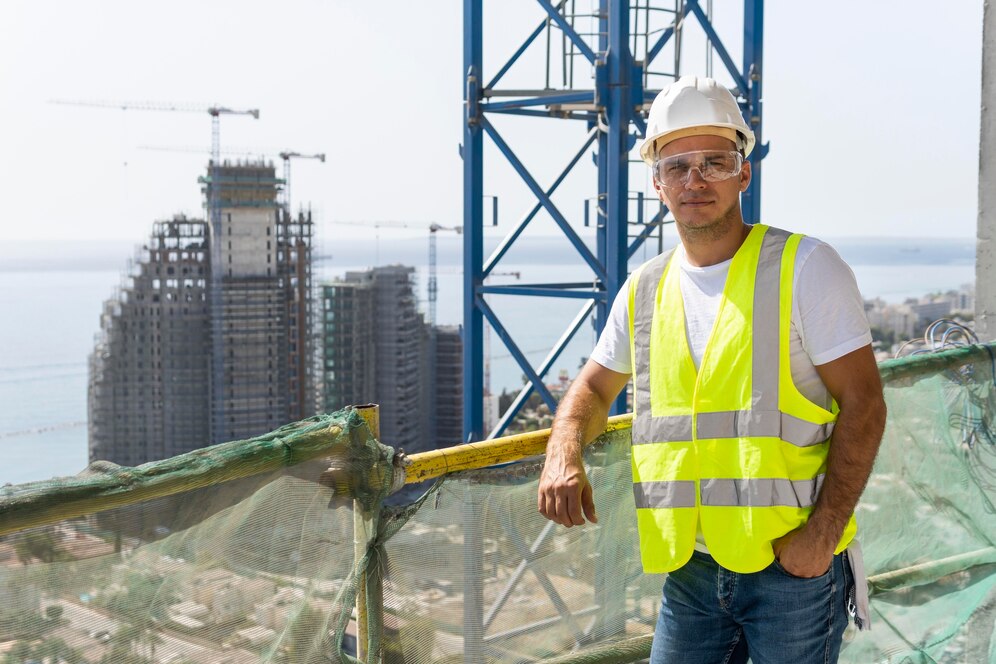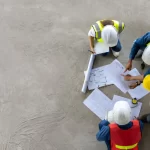The construction industry in the Philippines is one of the growing fields, especially where high-rise buildings are concerned. This growth could be driven by rapid urbanization, increasing population density, and a booming economy. This makes the steel contractors very important in this sector as they provide services on the design, fabrication, and installation of steel structures. The following article gives an overview of how steel contractors in the Philippines bring into high-rise construction, along with the evolving challenges and innovations that shape the industry.
Role of Steel Contractors
Design
Steel contractors collaborate closely with architects and engineers to develop comprehensive structural plans. They analyze building loads, wind conditions, and seismic activity to design steel frameworks that can withstand these forces.
Additionally, they optimize steel usage to ensure structural efficiency while minimizing material costs. By adhering to stringent building codes and industry standards, these contractors guarantee the safety and integrity of the high-rise structure.
Fabrication
The fabrication process involves precise cutting, shaping, and welding of steel components in controlled factory settings. Advanced machinery and skilled labor are employed to achieve exact dimensions and tolerances.
Quality control techniques are used throughout the process to guarantee that each component fits the criteria. Fabricated steel elements are often pre-assembled into larger sections to expedite the construction process on-site.
Installation
The erection of the steel skeleton is a complex operation that requires heavy-duty equipment and coordinated teamwork. Steel components are lifted into place using cranes and connected with high-strength bolts or welding.
Contractors employ skilled ironworkers to ensure accurate alignment and secure connections between the steel elements. Rigorous safety protocols are followed to protect workers and prevent accidents during the installation process.
These contractors are important to the construction process, making sure that buildings are not only aesthetically pleasing but also structurally sound and compliant with safety regulations. They make use of advanced technologies and methodologies to improve efficiency and effectiveness in their operations.
Importance of Steel in High-Rise Construction
Strength and Durability
Basically, steel is an exceptionally strong and durable material, hence able to hold the weight in any high-rise building. In addition to its strength against weather conditions such as typhoons and earthquakes, making it very suitable for structures here in the Philippines, its resistance to corrosion confirms the enduring nature of the building.
Flexibility
The flexibility of steel during design is incomparable—allowing architects to make intricate designs of spectacular forms and structures. Further, being malleable, it can be bent into several forms—be it in the form of a curved facade or even very complicated structural elements. Hence, this ensures that buildings made from steel can be designed according to the varied requirements of aesthetics and functionality.
Speed of Construction
Prefabricated steel elements are fabricated in factories with controlled conditions, thereby increasing the speed of construction. Such pre-engineered elements can be prefabricated to be fitted at a site economically and quickly, thus cutting down labor costs and the project timeline. In turn, this makes the completion period of steel-framed buildings faster than that for those made of conventional material.
Cost-Effectiveness
While steel is expensive at the front end compared to some other options, its long-term benefits far outweigh this initial investment. Steel structures require very minimal maintenance, thus reducing the ongoing expenses. In addition, its strength and resistance to fire, among others, help in earning lower premiums on insurance.
Sustainability
Steel is very recyclable; hence it is proper for sustainability in construction. Adding recycled steel to high-rise buildings enables contractors to diminish the demand for virgin resources and reduce the impact on the environment. Moreover, buildings made of steel have a lower carbon footprint than most other construction materials.
Challenges Faced by Steel Contractors
Supply Chain Issues
Changes in raw material availability and cost will have a bearing on a project’s schedule and cost. It’s left to the contractor to manage these situations to his advantage in terms of profitability.
Skilled Labor Shortages
There is a shortage of skilled labor in the construction industry. This can cause delays, hence increasing labor costs for projects. Training programs and other mutual relationships with institutes of learning are very important to fill this void.
Regulatory Compliance
It can be very difficult to deal with building codes and regulations. A steel contractor needs to stay updated about the requirements at both the local and national levels.
Safety Concerns
Construction sites are a dangerous place. It is within the best interest of the laborers, companies, or contractors to initiate strict safety measures that reduce accidents on-site.
Innovations in Steel Construction
Building Information Modeling (BIM) Technology
This technology enables better planning and more detailed designs and management of construction. BIM allows any contractor an opportunity to visualize the entire project and an opportunity to foresee any potential problem. It enhances the collaboration between stakeholders.
Advanced Fabrication Technologies
Similar to CNC cutting and robotic welding, this enhances work on precision and efficiency in the domain of steel fabrication. Such ways lead to the utilization and optimization of materials, resources, and human power.
Sustainable Practices
Though most contractors will now have incorporated sustainable practices in the exercises, like using recycled steel, minimal waste during fabrication, and energy-efficient processes.
Modular Construction
Refers to those sections of the building that are prefabricated off-site, assembled on sight. It significantly reduces the time and cost of on-site construction, yet quality is well maintained.
Notable Steel Contractors in the Philippines
Metal Exponents
With expertise in steel design and its fabrication, Metal Exponents works together with engineers and builders on safe, functional steel structures for high-rise buildings.
Astron Metal Works Corporation
A company specializing in structural steel and metal frame fabrication, this corporation is very strict about quality control and compliance with industry standards.
PNS Advanced Steel Technology
Focusing on innovation, this company builds advanced technologies for super high-rise buildings, indissolubly linking design with construction processes.
MEVA Philippines
Famous as a formwork solution provider, MEVA also offers engineering and technical consultancy for building high-rise structures to ensure the efficient delivery of projects.
Key Takeaway
Steel contractors in the Philippines play a very significant role in the making of tall buildings, offering crucial services that ensure safety, efficiency, and innovation. With rising urbanization, the demand for capable contractors who can take on all the complexities involved in steel construction can only increase.
By embracing new technologies and sustainable practices, these contractors could actually move beyond existing challenges in contributing to resilient yet aesthetically pleasing urban landscapes. A good future in high-rise building construction in the Philippines will be guaranteed the moment the country is assisted in developing the required expertise and commitment of steel contractors.



